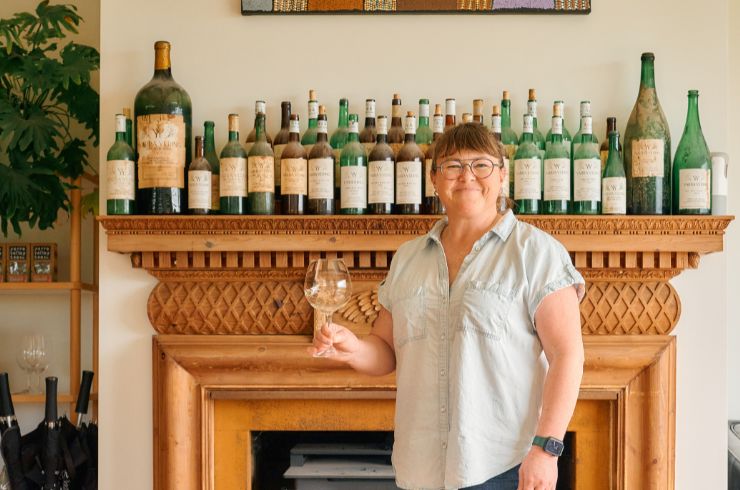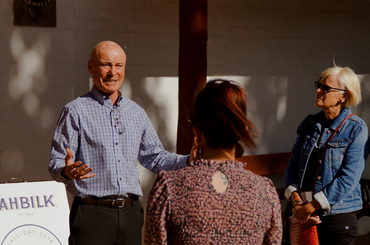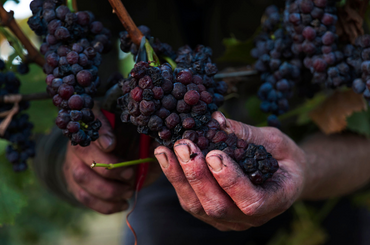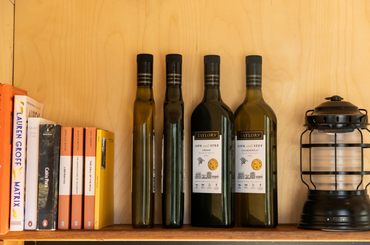Rutherglen winemaker, David Morris, a man known around the world for his extraordinary, complex fortified wines produced at Morris Wines, has a favourite saying: You are a child of your own environment.
In just eight words, he has summed up succinctly the concept of individual house style for the fortified winemakers of Rutherglen.
The grapes, to his mind, are the child.
“The environment where the grapes are grown is the starting point for your style to a certain extent,” he says. The foundation is then built upon, layer upon layer, year upon year, generation upon generation, blend upon blend, slowly, patiently. If you’re a fortified winemaker in a hurry, it’s time to re-think your career path.
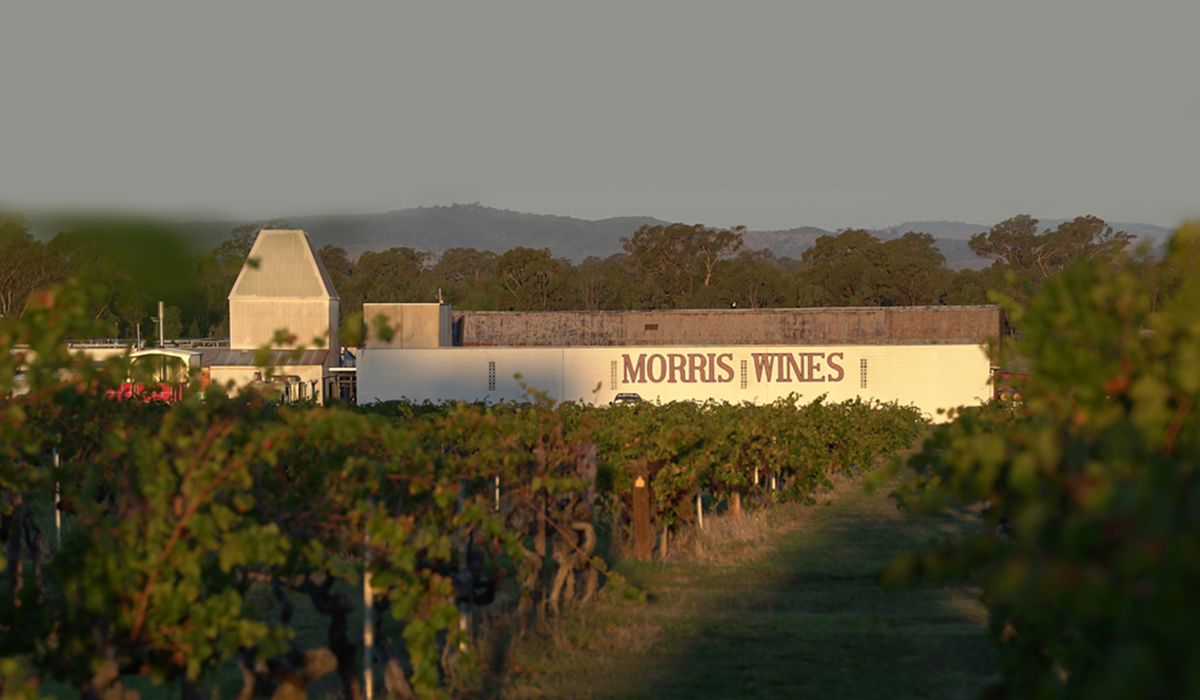
And, then, on top of this incredible pyramid of flavour sits the Muscat of Rutherglen Classification – a four-tiered system created in 1995 based on a progression of richness, complexity, age and intensity of flavour.
Yes, there are many, many balls to juggle and keep in the air at the same time when making a muscat or a topaque/muscadelle.
But how does each fortified producer’s house style fit in with the overarching Muscat of Rutherglen Classification? It’s complicated.
At Jones Winery and Vineyard, winemaker Mandy Jones works with muscat produced on loamy soils which bring distinctive rose petal/Turkish Delight characters to her muscat and a more elegant palate weight. “The character is essentially the same for all levels of the classification when we get the complexing characters of age and wood acid balancing alongside this lightness,” she says.

That rose petal beauty is even more pronounced at Stanton & Killeen. It joins a lovely bunch of floral and citrus aromatics and more that emanate from the producer’s six different vineyards for muscat and three for muscadelle. “We leave them as single vineyard, single vintage for around five years which then gives us the opportunity to get very precise blends,” adds Natasha Killeen.
It’s a slightly different story at Morris Wines where heavier red loam soils bring a greater generosity of expression. But with multiple generations of Morris winemakers before him and an enviable solera of aged parcels to choose from for the blending bench, David Morris, fifth-generation winemaker, is also in tune with history. “I’m following the practices that have become tradition within the family,” he says. “That’s what I have been exposed to, and that’s what I have fallen in love with.”
When it’s time to work to produce fortifieds that meet the classification, he walks into his cellar door, pours a glass of each tier and works a little blending magic to match the taste. “I need consistency for my consumers,” he argues. It might come within the parameters of the classification or there might be some variability. “It [the classification] is not quite that specific,” he adds.
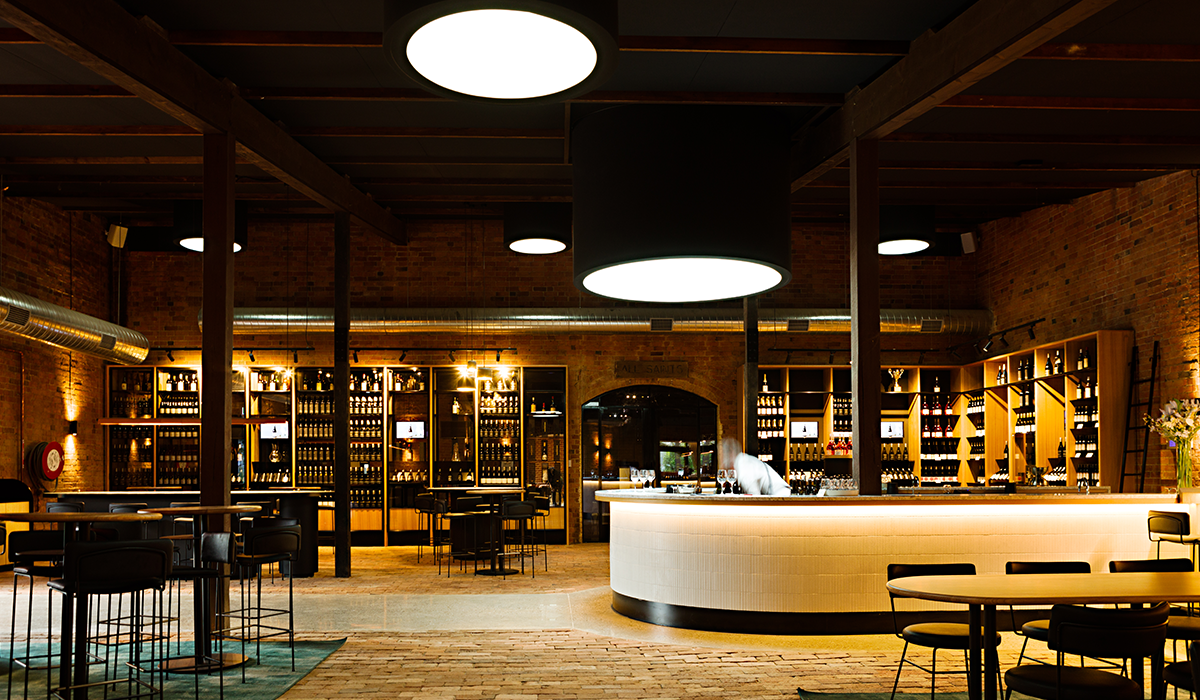
At All Saints Estate with vines growing on sandier soils along the Murray River, winemaker Nick Brown has a house style that falls into the lifted and aromatic. He also believes he has an additional tool in the fortified tool box: storage.
The 'architecture' of the building where the wines are stored plays a role with 5000L stored in a range of cooler sites and as warm as you can get it, one metre below a corrugated iron roof. “I can use different parcels of wine from different parts of the building to provide richness or youthfulness depending on the classification,” adds Nick.
As the “relatively new kids on the block,” Jen Pfeiffer at Pfeiffer Wines – founded by her family 1984 on the sandier soils of the Murray River – may not have the multiple generations of solera to look to, but she uses that to her advantage.
“Initially that freshness that was so part of the Pfeiffer style came down to our youthfulness,” she suggests. “We didn’t have the age in the solera which we have now, but that became our house style and in the end we actually like that.
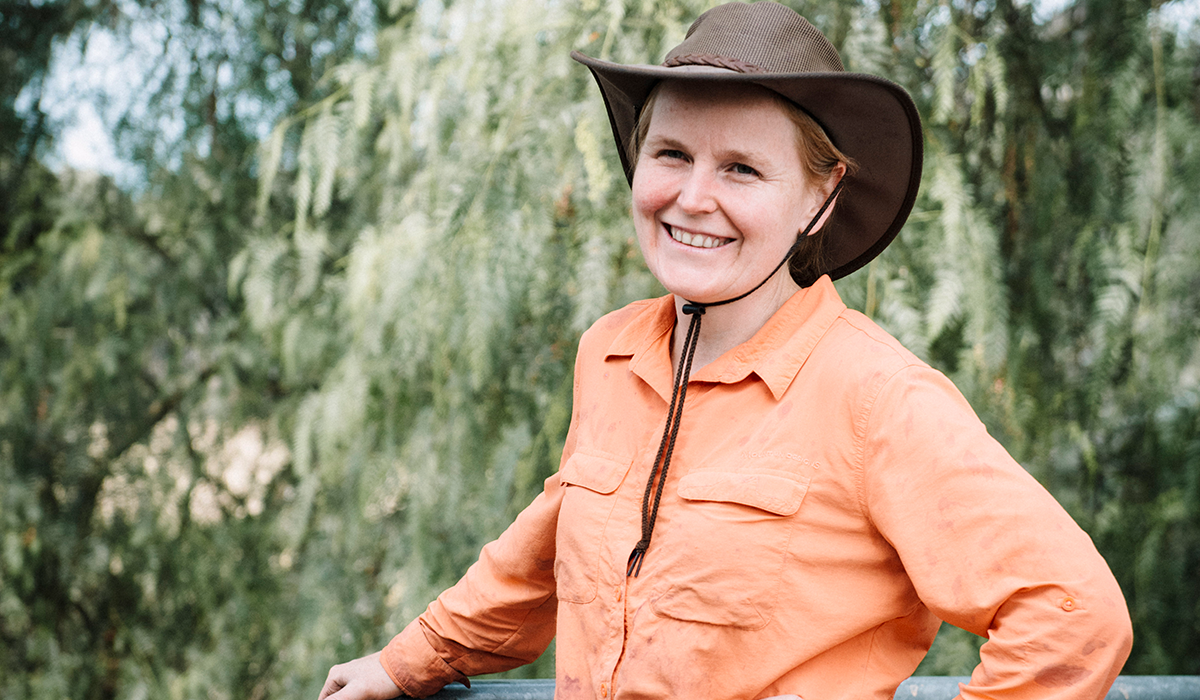
“The way we mature the wines now is all about preserving that freshness.” As for meeting the requirements of the classification? “I see them as guidelines.”
At Buller Wines, Michael Murtagh, general manager, has an intriguing problem. “We find the classification system is restrictive to our house style due to the age and style of our wines,” he argues. “We exceed the standards on age at every level of Rutherglen fortified classification. We very much forge our own path to be consistent to the Buller house style.”
The final word on house style versus the Muscat of Rutherglen Classification lies with sixth generation winemaker, Stephen Chambers of Chambers Rosewood.
"In terms of resolving the house style into the different classifications, it is all about progression and the increase of complexity and depth as the wines concentrate and age, while maintaining freshness and life by utilising the younger material to complement."
Simple...well, not that simple.
Latest Articles
-
News
Yarra Yering is releasing its 2023 flagship wines – marking winemaker Sarah Crowe’s 10th vintage
17 Apr 2025 -
Wine Lists
Four 'recommended' wines to try
16 Apr 2025 -
Travel
Where to eat, drink and stay when travelling around the Murray Darling wine region
16 Apr 2025 -
Travel
Three unique restaurants to book a table at this Easter – each located within a Victorian wine region
11 Apr 2025
